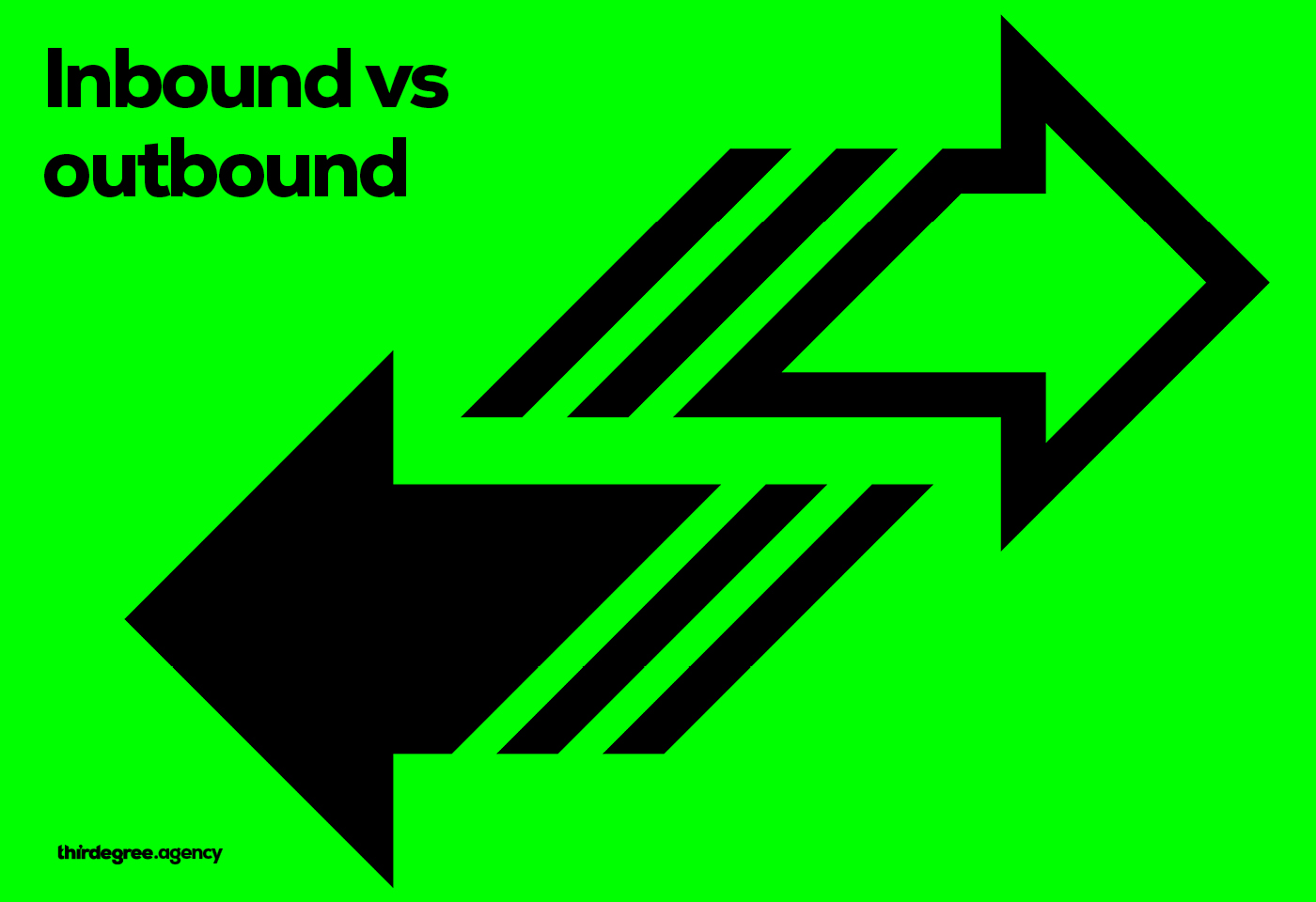Inbound vs outbound
Inbound and outbound marketing sit at different ends of the spectrum in the marketing world. With outbound marketing, your efforts are focused on getting your offer out into the market, hoping that your proactive marketing efforts will be seen by the right audience. With inbound, your job is to build trust, communication, education and engagement with someone who is interested in your offer – guiding them to that point of sale.
But is it simply a case of making a mental note to do both activities and then adopting a ‘build it and they will come’ strategy? Sadly it’s really not that simple.
Outbound marketing techniques, such as print or TV advertising, are becoming more expensive and often fail to deliver results. This is because the ‘shout our message’ approach no longer works in a market filled with noise – and discerning customers. Outbound marketing can also be considered today as a means of promoting something of value for free – some content, a radio-listener offer, and so forth. Get this right and your customer engagement potential rockets.
Increasingly, today’s start-ups, savvy tech businesses and other forward-thinking brands are making inbound marketing their priority investment. They are crafting powerful, intelligent and heavily optimised digital assets designed to appeal to their target audience, enticing them to engage and then nurturing them through the sales process.
Yes, there is absolutely room for both types of marketing in 2023. But in the same way that marketers today are salespeople and salespeople are (or should be) marketers, inbound and outbound marketing must be considered holistically and in an integrated fashion. With the right strategic insight and knowledge of today’s complex marketing environment, businesses can craft powerful combined strategies that cut through the noise and engage their target markets – minimising waste and maximising results.


